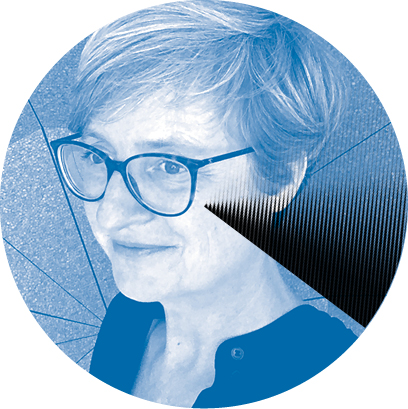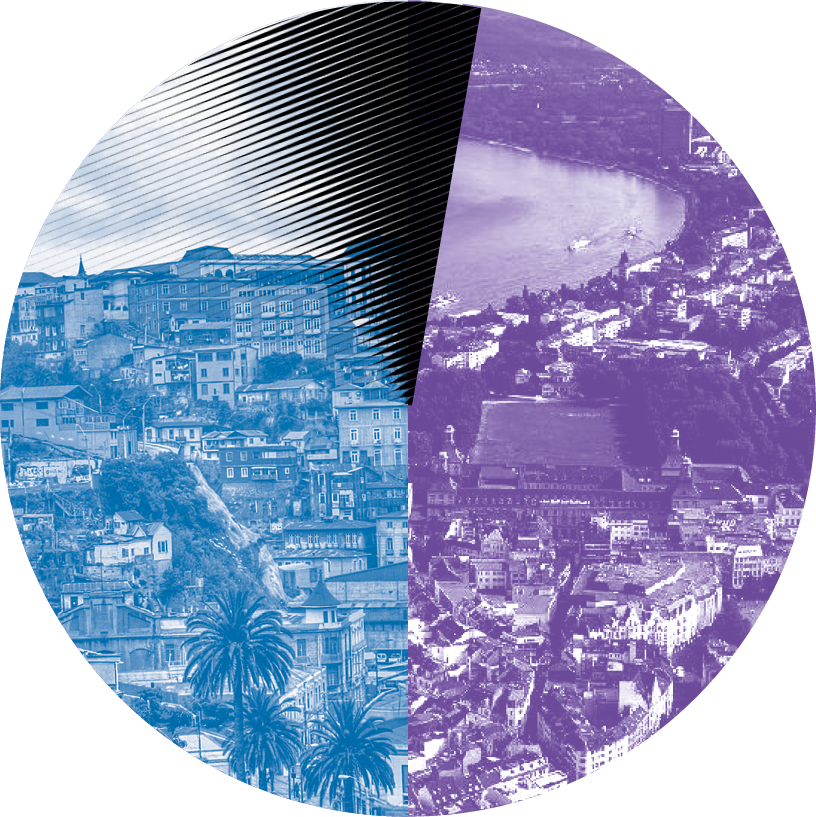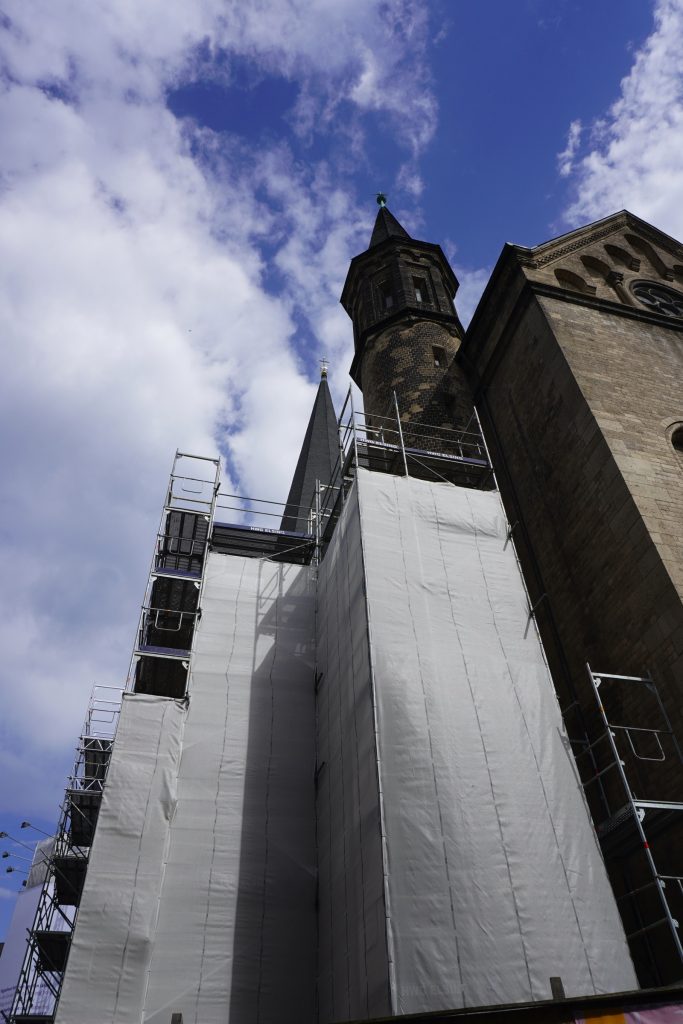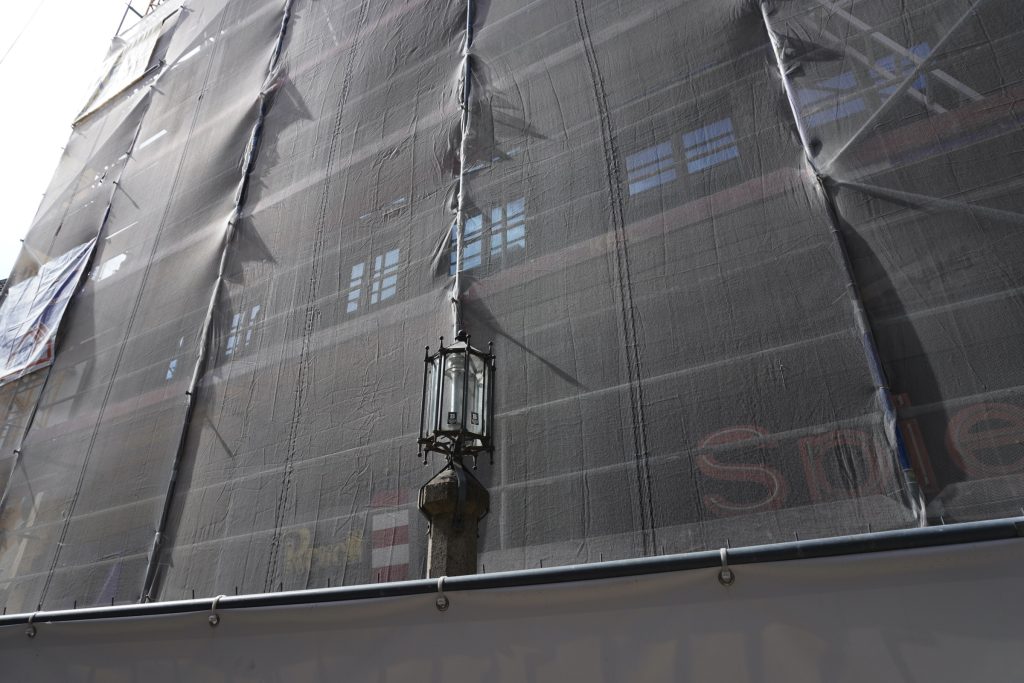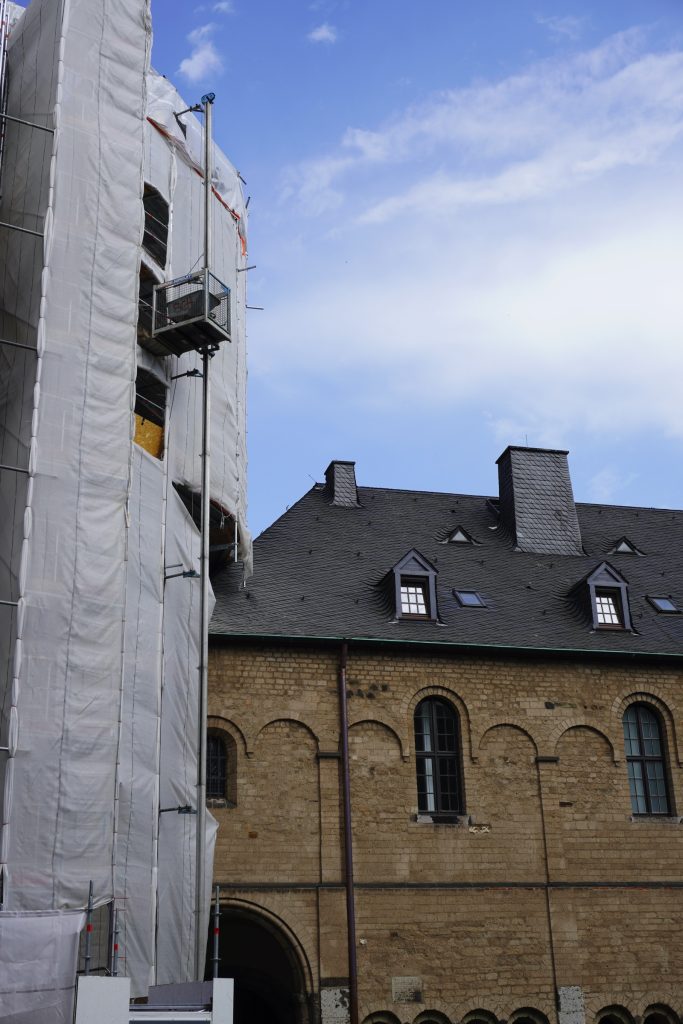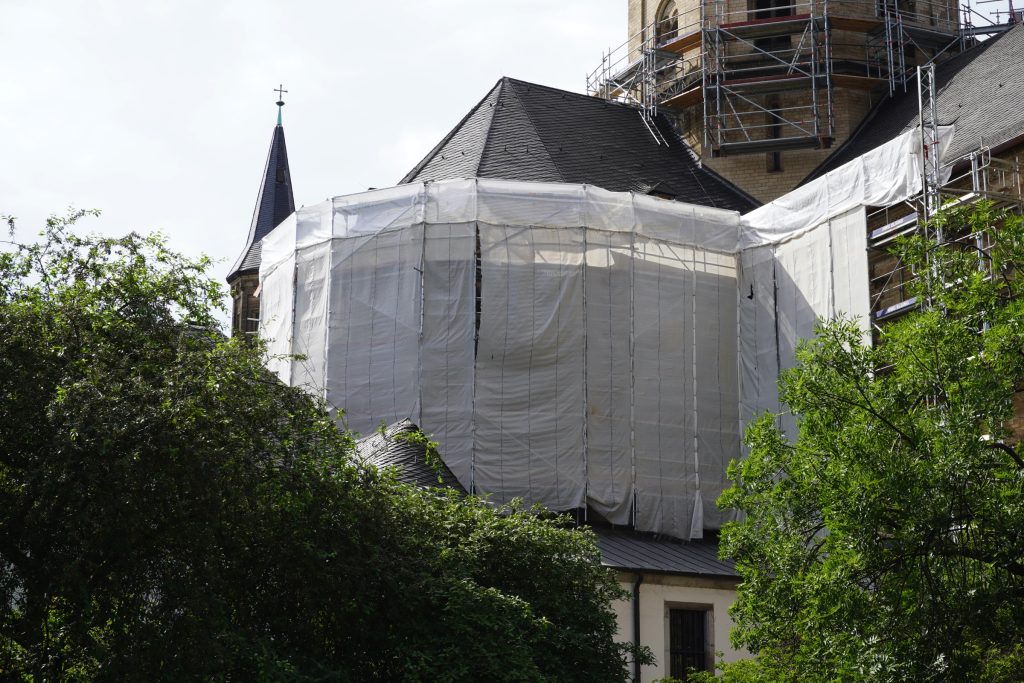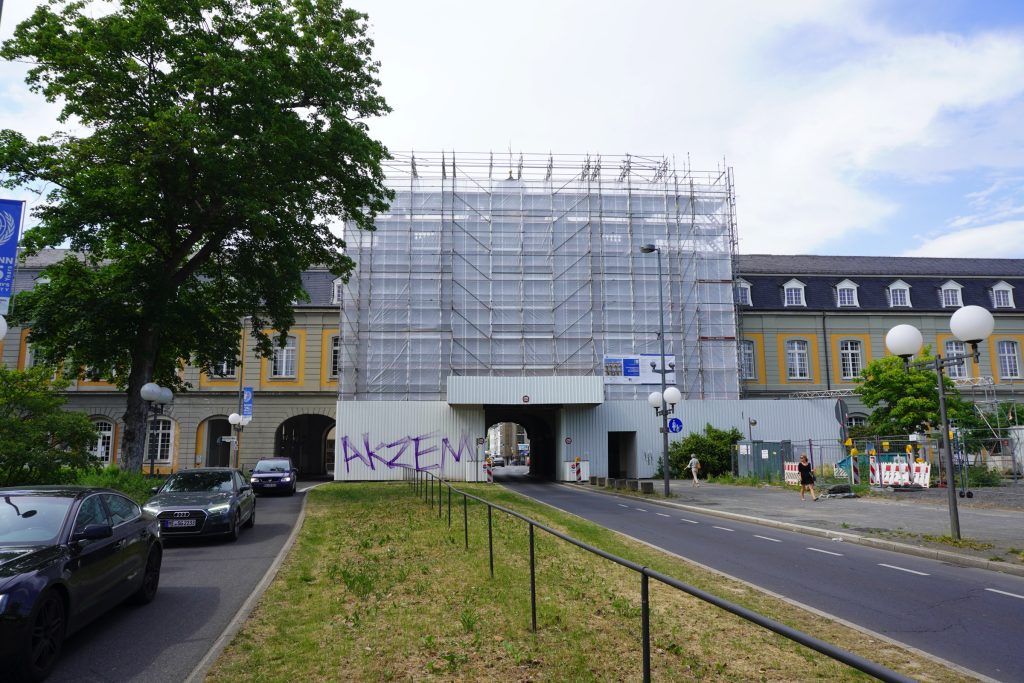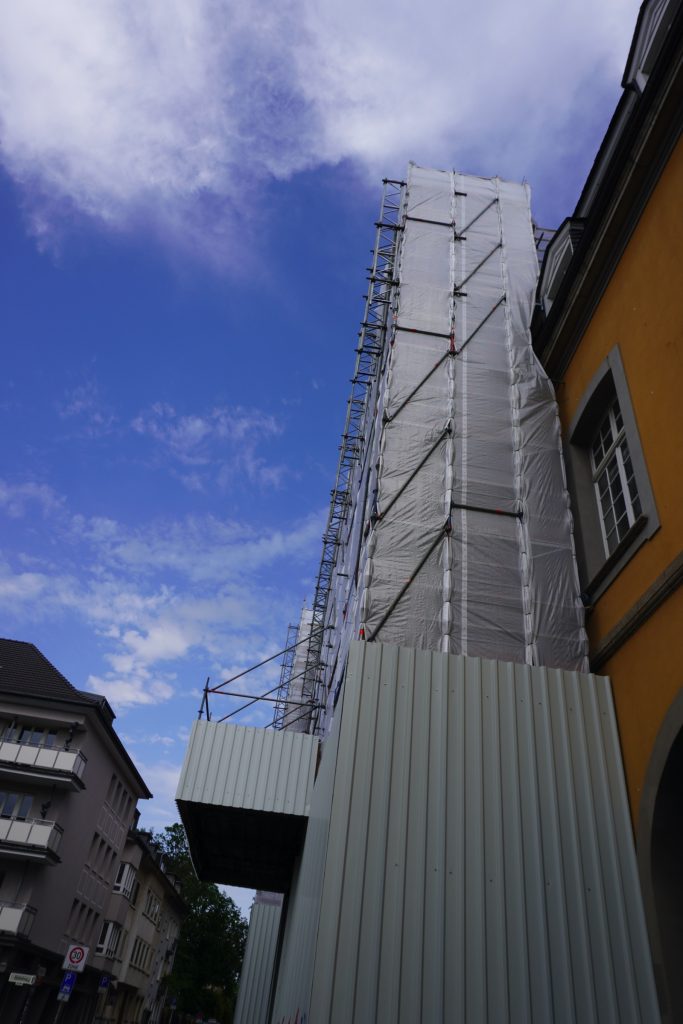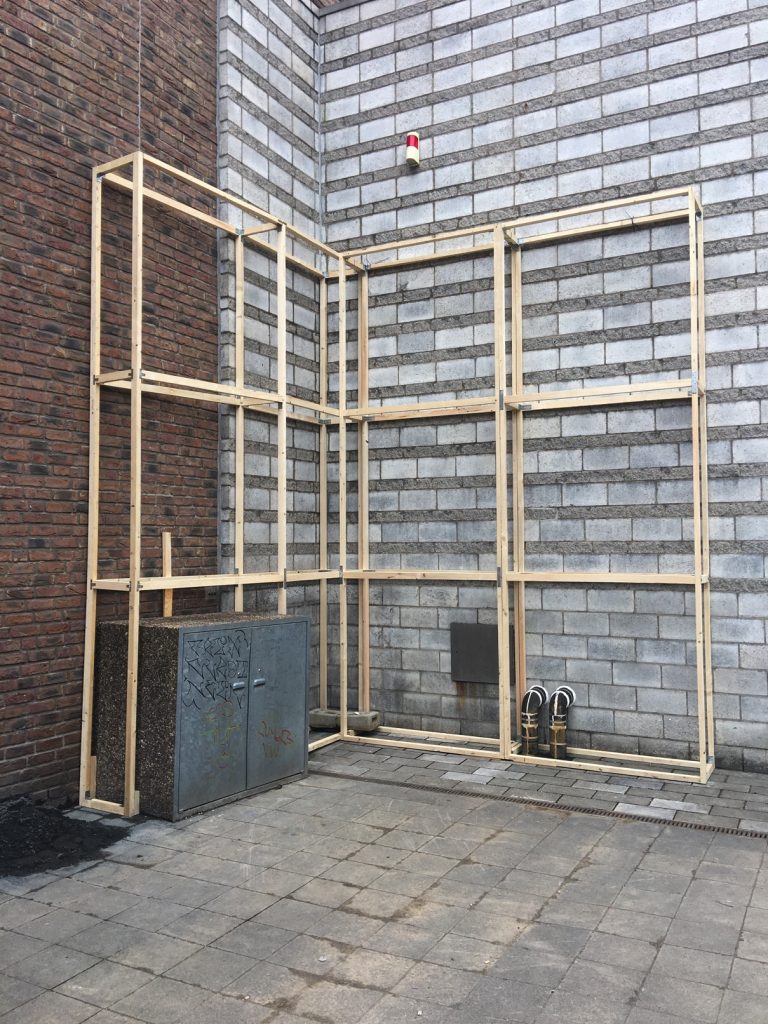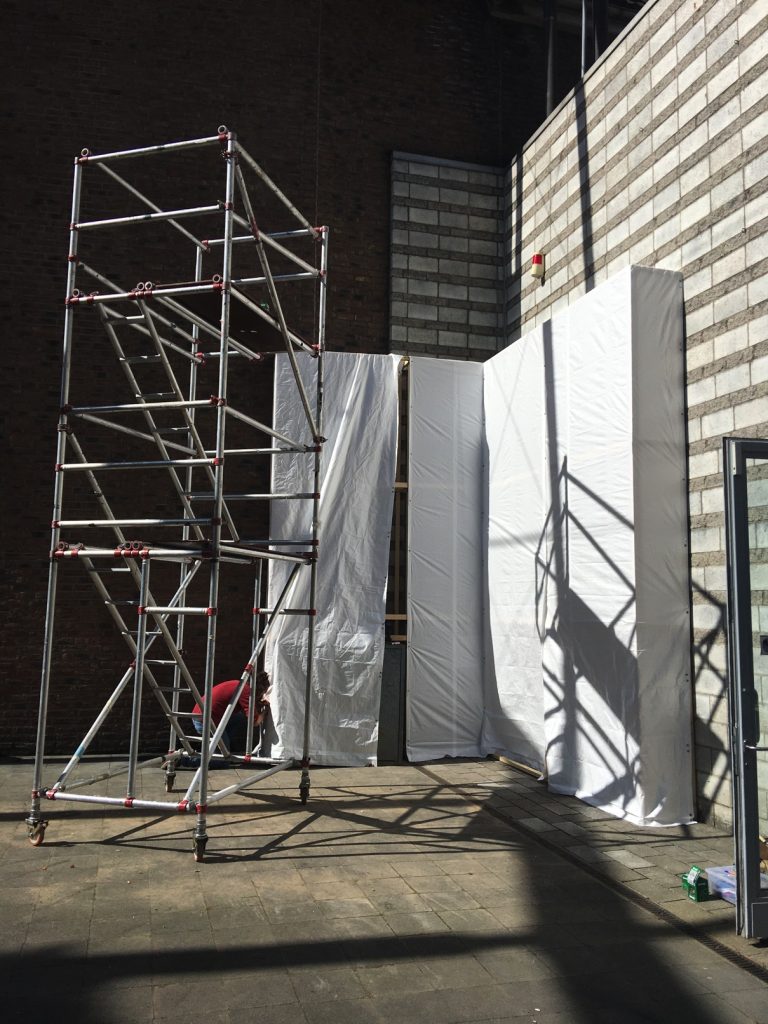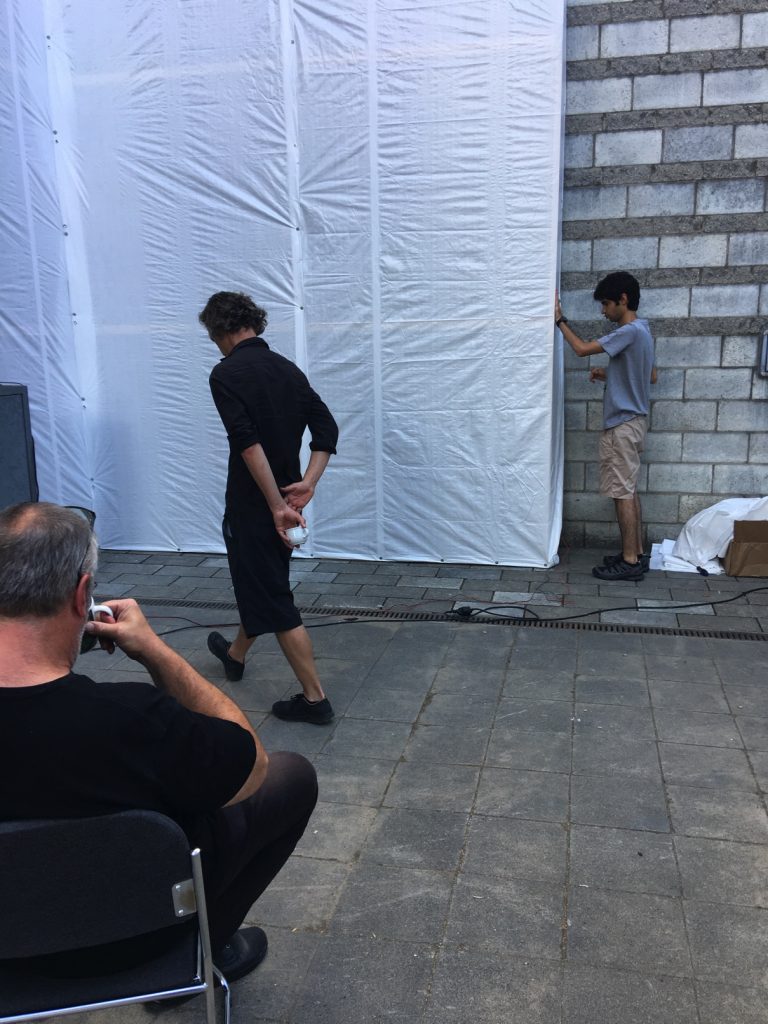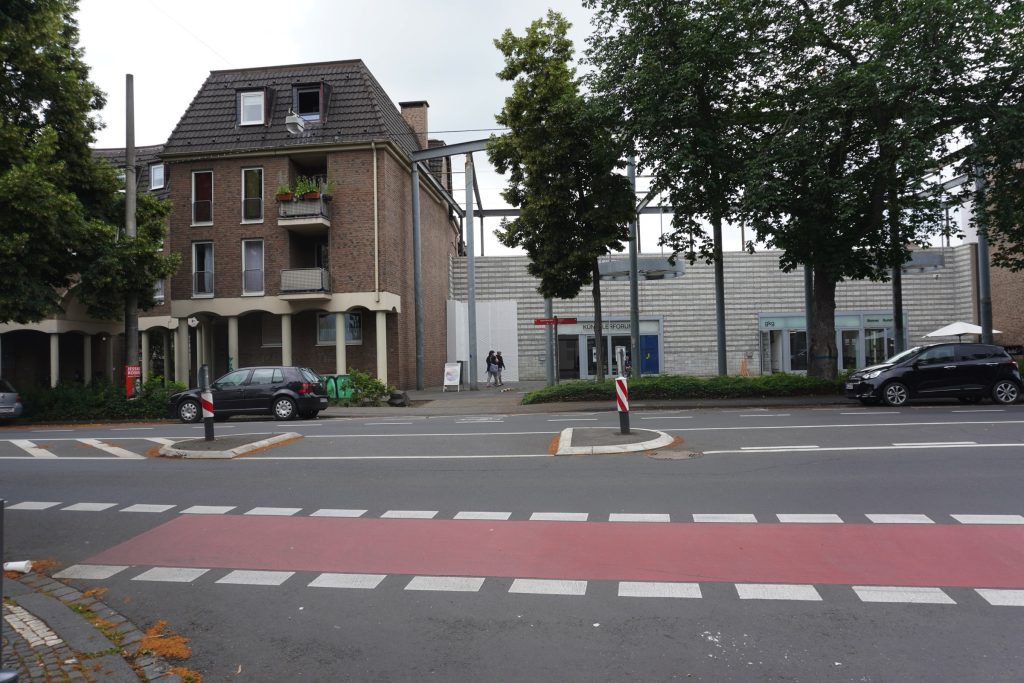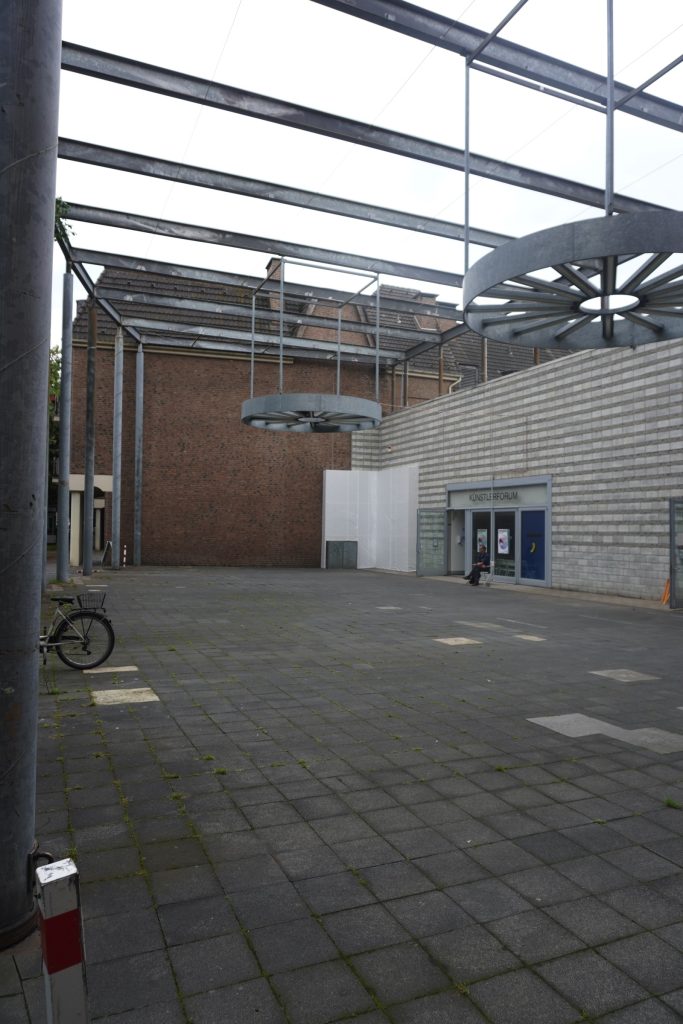When I arrived in Bonn in June 2021 for our sonic explorers “Valparaíso” residency, which had now morphed into a Bonn residency, nearly two-and-a-half years of waiting for the project to start lay behind me. The invitation toValparaíso, Chile, had come in early 2019. To date, the trip had been unable to take place: initially, in November 2019, due to social unrest in Chile, then there had been multiple postponements due to Covid-19. For this reason – and even more so after hearing the many stories of my Chilean project partners Constanza and Michel and our Chilean mentor Fernando Godoy – Valparaíso remains a “fantastic” place for me, one which I am still very keen on getting to know personally one of these days.
In Bonn, our project group met in person for the first time with Maurice, Constanza, Michel, our German mentor Stefan Rummel and the artistic directors of the project, Carsten Seiffarth and Carsten Stabenow. Our residency period was to be very different than that of the project groups in Teheran and Dakar, which were able to travel before the outbreak of the Covid-19 pandemic: in addition to the relocation to another host city, our residency took place under the conditions of the pandemic, and the associated regulations, on the one hand, while it was subject to totally different timing on the other. During the course of the four-week residency, after around two weeks the small group was to be joined already by the rest of the sonic explorers, to prepare the final joint presentation and take part in workshops and talks. For the artistic work, that meant finding an approach very quickly, even more quickly than the other groups had to do.
Prior to the sonic explorers residency, I had visited Bonn frequently, since I attended university nearby. Thus, for me it was about finding a new way of approaching a familiar place. However, I had never explored Bonn intensively and consciously from a sound perspective. I was also very curious about the collaborative work within the group, whether there would be common interests or different individual approaches. Following initial joint exploration, the group dynamic went in different directions: Michel, Constanza and Maurice discovered their fascination for the Rhine, whereas I became more fascinated by urban phenomena.
I did the bulk of my exploring on foot. I observed, took photos and made numerous audio recordings on the streets, which I don’t otherwise normally do, as I deal with sound differently in my artistic work. It was interesting to observe how Bonn’s north side, where we were situated with our atelier at the Künstlerforum, is divided into different sonic areas, which are, of course, related to the respective uses of the urban space. There were “threshold” zones – the Hochstadenring where Künstlerforum is located represented one too. On one side, there is the very vibrant old town, with its narrow streets, many cafes, fast food places, restaurants and shops, and for example the Frankenbad-Platz square as a lively place of intergenerational and intercultural encounters. On the other side, there is a quiet residential building, with the architectural ensemble of Künstlerforum, Bonner Kunstverein and GKG Gesellschaft für Kunst und Gestaltung embedded within.
Looking back, the residency in Bonn was an intense process that is perhaps not yet finished. That is also how I view the artistic approach that I pursued primarily in Bonn.
cover | cornerpiece
On my routes through downtown Bonn, between the Rhine and Künstlerforum, it came to my attention how many buildings were currently surrounded with scaffolding, and how many of these scaffold structures were hung with large white scaffolding tarps. With the tarps acting as privacy shields, one could no longer recognise what original architecture was hidden beneath or to what extent the scaffold structure had altered the original form of the building. This basically resulted in new architectures with shifting facades (thanks to the wind). From an acoustic point-of-view, these were silent phenomena. The scaffold tarps were made of an opaque membrane, which, however, allows all sound to pass through: on work days, the noises of the invisible construction work made their way unfiltered to the “outside”, just as voices and street noises passed through to the “inside”. Only loose pieces of tarp were able to call attention to themselves acoustically when the wind was particularly strong.
These cloaked construction sites are such a taken-for-granted part of our everyday cityscape, that we hardly even perceive them any more. It was precisely this very present inconspicuousness that provoked me to experiment sonically with the scaffold tarps as an interactive membrane. Would it be possible to cause the silent material, or rather the configuration of scaffolding and tarps, to produce sound in an interactive manner? How could one realise such a thing?
I made my first attempts at Künstlerforum, with a roller scaffold made of metal and some leftover tarps (kindly provided by the company Bonner Gerüstbau Karl Breit – thanks!). Conversations with Carsten Stabenow revealed that a feedback effect is capable of producing fragile sonic systems that interact with themselves (feedback loops). The idea fascinated me. I had never worked with such an approach before, but now I absolutely wanted to try it out, since it came very close to what I had been picturing. To explore this technique, I worked with a transducer (audio exciter) and a piezo contact mic, which I connected using a mixer and affixed to the metal scaffold and the tarps attached to it.
Feedback is an effect that is normally avoided, because it can range from acoustically disturbing to painful for the ears. Here, however, it was supposed to be at the centre of the work. It was also about finding out whether and how it could be modulated and the effect that diverse materials might have.
After experimenting for a while, it was very easy to produce feedback on the metal scaffold. The sound wasn’t necessarily pleasant, but it could be varied by moving the tarps; for instance, by pressing against the tarps on the larger surfaces with one’s hand or touching the tarp-covered scaffold poles. Reason enough for me to continue to experiment: I built a ladder-like structure out of a couple leftover pieces of wood and placed piezo and transducer on it – which already resulted in a much more interesting sound when the two elements were as far away from one another as possible.
To move further with my research, it now made sense to build a larger wooden structure covered with scaffold tarps. The object was also supposed to be directly incorporated in the final presentation. I decided to place it in the external space in front of Künstlerforum, which created special requirements for the stability of the construction and technical equipment.
With the wooden scaffold as a sculptural object, I wanted to refer to the building’s existing lines and structures. It seemed wise to me to build the scaffold along the wall into the corner at the transition of the Künstlerforum to the residential building immediately next door, and not only for the sake of stability. Thus, it formed a sort of bracket, creating, as an artistic intervention, a connection between two buildings which actually have their backs turned to one another. The scaffold was supposed to follow a bend in the wall, thus also responding to this special spatial feature.
This wooden construction extended around 3.5 metres from the corner to the Künstlerforum entrance, and around 3 metres all the way to the brick sidewall of the residential building. A very heavy washed concrete dumpster, which had found a surprising new location in front of the house wall and could no longer be moved, was integrated. The scaffold was supposed to be 4.5 metres tall, which on the one hand represented a proportion that I found fitting in relation to the other parts of the building, especially the door area of the Künstlerforum. On the other hand, this meant that the existing hooks in the wall at this height could be used directly for anchoring the structure to the wall. The size of the scaffold was also meant to provide enough space to place the pick-up and transducer with the greatest possible distance between them. With a depth of only around 0.5 metres, it was supposed to be just barely possible to move behind the scaffold facade, in order to install any necessary technical equipment. The minimal depth was equally intended to make it evident that it was not a real construction scaffold, in order to arouse interest upon closer observation.
Like a Theremin
After two days of construction, including time spent covering the structure with the tarps, a half-day remained to experiment with the piezo and transducer. Things got interesting after we strung a piano wire of several metres in length (thanks to Klavierhaus Klavins!) inside the scaffold, along the longest room diagonal, and then affixed the transducer to it. Finally, we positioned the piezo pick-up on the scaffold too, at some distance from the transducer. We added a limiter to the mixer. With this configuration, we were able to create a feedback system that was still delicate and self-modulating, which one could also influence by pressing on the tarps. Some of the project participants shared that it reminded them of a theremin, an electronic instrument that is played without direct body contact which was developed around 100 years ago.
I’d like to take the opportunity to thank Carsten Stabenow and Fernando Godoy warmly again for their technical advice and support in the realisation of the feedback loop experiment. Big thanks also go to Johannes for his great efforts in building the scaffold!
The next day, I tried out other possibilities for creating sounds with the wooden structure. I worked with bass shakers, diverse transducers and loudspeakers. For the final presentation of the project and the exhibition week, I decided to use a technically “stable” and weather-proof variation of activating the scaffold-object: I placed fans with moveable rotor heads at various heights behind the tarps. In this way, the surface of the tarps was invisibly set into slight motion by the fans, even when the wind was entirely absent. What could be heard was a shifting, low-frequency sound from the fan motors, which was, however, not identifiable as fan hum. In addition, I placed a drilling noise at low volume behind the tarps, which I had recorded during the residency while workers were drilling through the wall at Künstlerforum in conjunction with the installation of new heating pipes – right there where the scaffold had now been placed.
I would really like to continue my feedback loop experiment, as I still find the idea very interesting. For me, the project in Bonn was an intensive and exciting time of process-oriented research and trying things out in an open-ended way – in addition to all the encounters, activities and conversations with all the project participants.
